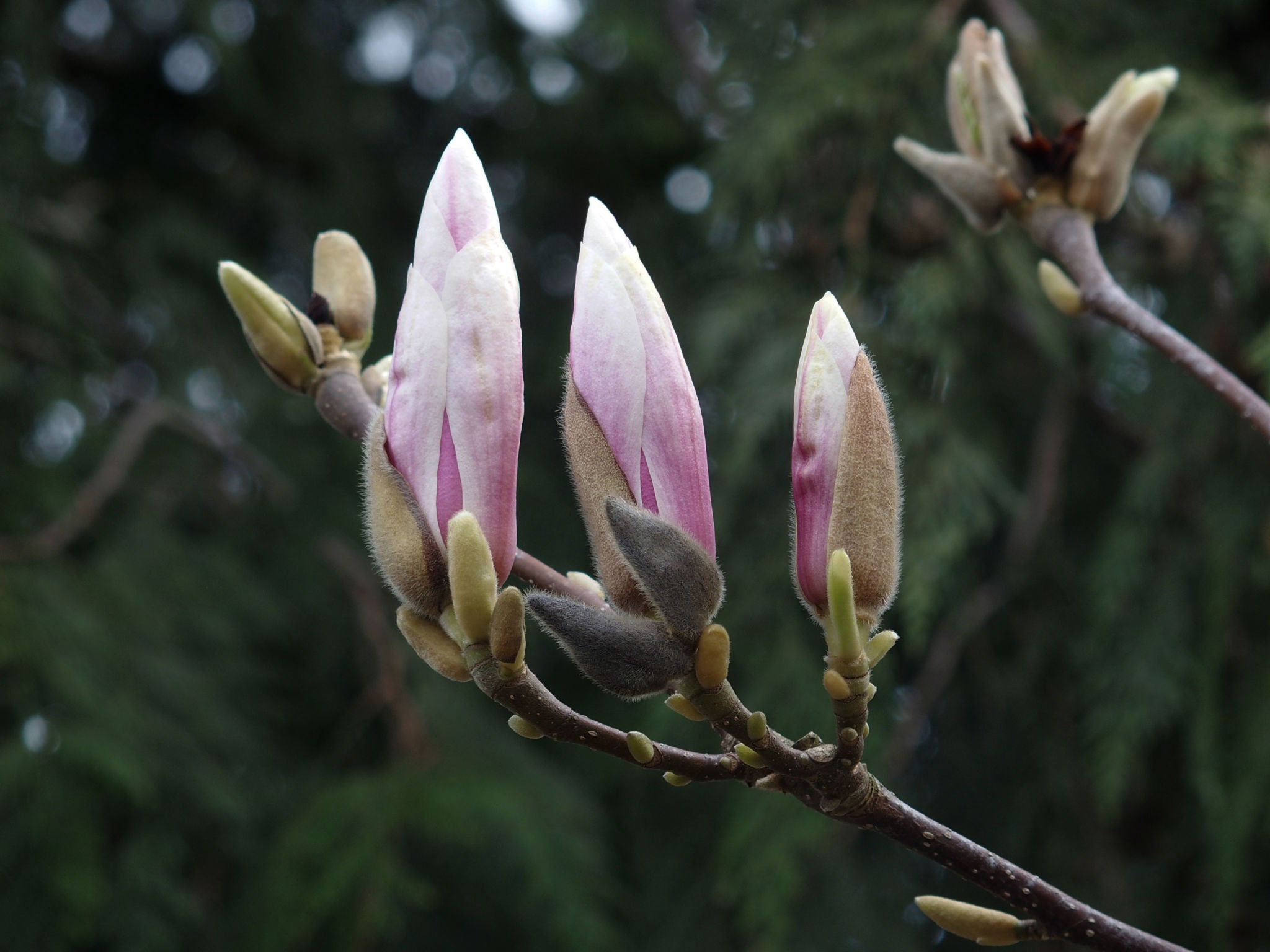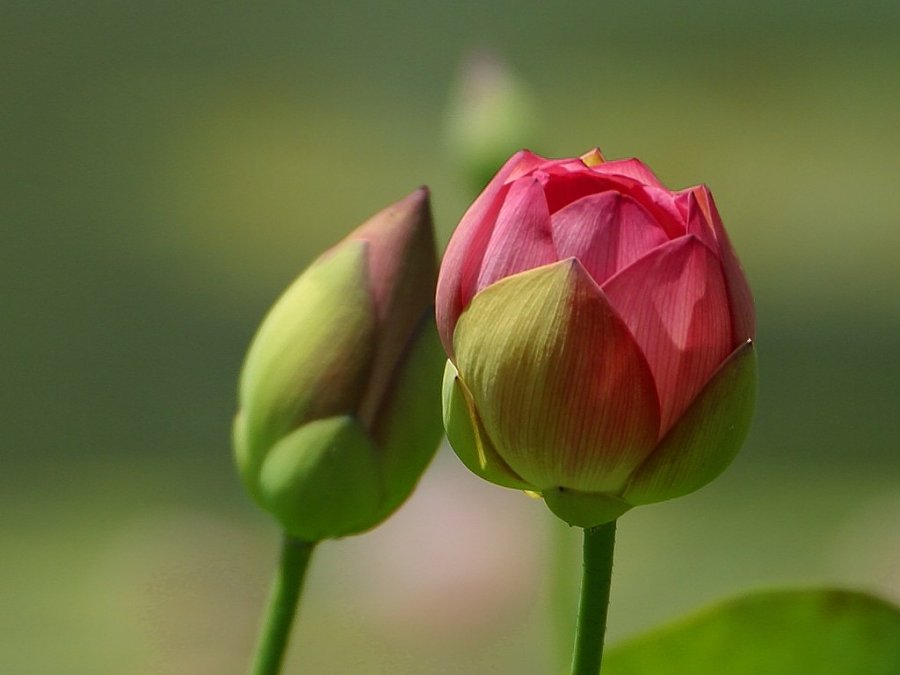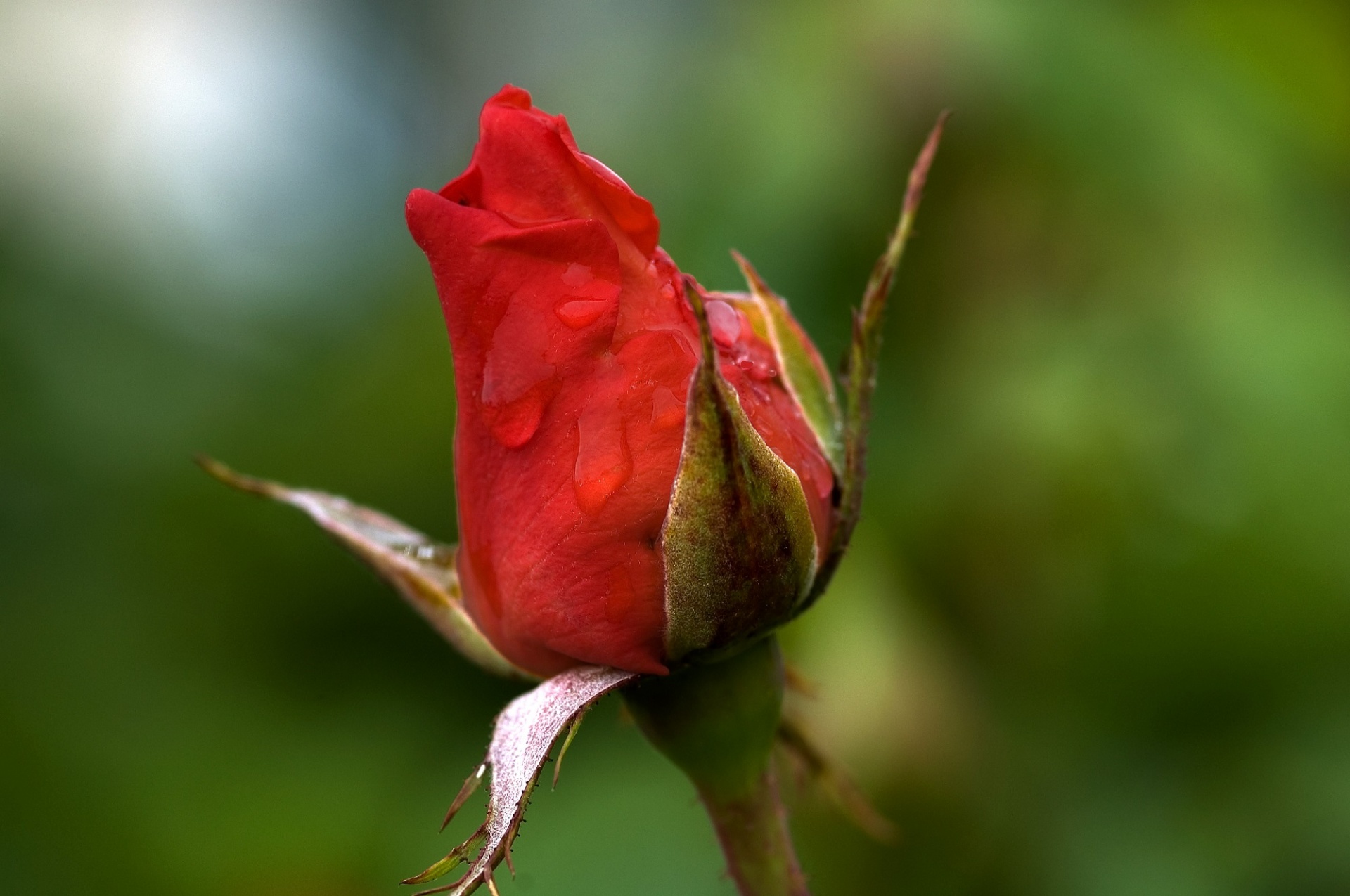Exploring Bud And Marilyn's - A Shared Understanding
Sometimes, the simplest words hold a surprising amount of depth, appearing in places you might not at first expect. Consider the word "bud," for instance; it pops up in quite a few different areas, each with its own special meaning. From the tiny beginnings of a plant ready to bloom to the fast-paced world of digital creation, this small collection of letters truly has a wide reach. It's almost as if we are looking at a shared vocabulary, connecting seemingly separate ideas through a single, familiar term.
This common word, "bud," really does show up everywhere, doesn't it? You might hear it when talking about something growing in your garden, or perhaps in a chat about new online spaces where people create things. It even comes up in financial discussions, referring to market activity, or in conversations about certain plants known for their unique properties. In a way, it is a reminder of how language can link various parts of our lives, creating a kind of invisible thread between them all. So, it's quite interesting to see how one word can mean so many things to different people.
As we look closer at these varied uses, it becomes clear that "bud" isn't just a simple term; it's a versatile expression that adapts to its surroundings. Whether it's signaling new beginnings in nature, describing a place where digital worlds come to life, or even becoming a friendly way to address someone, its presence is pretty widespread. This exploration, in some respects, invites us to appreciate the subtle connections that exist within our everyday language, bringing together a range of concepts under one familiar banner.
Table of Contents
- What Does "Bud" Mean in the Digital World of Bud and Marilyn's?
- The Financial Pulse of "Bud" in Marilyn's Market View
- Exploring the Botanical "Bud" Through Marilyn's Eyes
- How Does Slang "Bud" Connect with Marilyn's Social Circles?
- The Growing Stages of "Bud" in Nature's Cycle
- Understanding the Plant's Early Form in Marilyn's Garden
- The Friendly Side of "Bud" in Everyday Talk
- Considering the Versatility of "Bud" Across Different Fields
What Does "Bud" Mean in the Digital World of Bud and Marilyn's?
When we talk about "Bud" in the digital space, it refers to an open metaverse gaming platform. This platform, you know, serves as a meeting place for countless virtual environments. These environments are actually brought into being by a very large community, made up of, well, millions of people who enjoy creating things. It's a place where digital architects and storytellers can construct their own unique worlds, and others can then step inside to experience them. This kind of setup allows for a constant flow of new ideas and places to explore, making the digital landscape feel quite alive. So, it's a pretty big deal in the world of online interactive experiences, offering a vast playground for imagination.
This particular platform, Bud, connects together a huge number of these virtual creations. Think of it, in a way, as a central hub where all these different digital spaces, each made by someone in the community, come together. It's like a grand collection of individual dreams turned into interactive realities. The sheer number of creators involved, totaling around nine million, really speaks to the widespread appeal and collaborative spirit that drives this platform. This truly shows how much people enjoy building and sharing in these kinds of online settings. For "Bud and Marilyn's" perspective, this digital "bud" represents growth, community, and the ever-expanding possibilities of virtual interaction.
The concept of an "open metaverse" means that these worlds are not closed off or restricted to a single type of experience. Instead, they are designed to be adaptable and welcoming to a wide range of creative expressions. This openness encourages a diverse set of virtual spaces, from games and social areas to artistic showcases and educational settings. It's a place where, as a matter of fact, anyone with an idea can bring it to life and share it with a global audience. This makes the platform a dynamic and always changing environment, providing new adventures and opportunities for connection. It’s a very interesting development in how we interact with digital content.
The Financial Pulse of "Bud" in Marilyn's Market View
Moving from digital creations to the world of finance, "Bud" takes on a completely different meaning. Here, it refers to a specific stock or company that is tracked on the market. When you hear about "Bud" in this context, people are often looking at its performance, how its shares are valued, and any recent news that might affect its standing. This kind of information is, you know, crucial for individuals who are considering putting their money into a company or simply keeping an eye on market trends. It's about understanding the health of a business through its public financial data.
For instance, a "complete bud overview by MarketWatch" would typically provide a detailed look at the company's financial situation. This includes seeing the most recent market prices for its stock, along with information about how it's being traded. Investors and market watchers often use these kinds of reports to make informed choices about their holdings. They want to know, for example, if the stock is going up or down, and what factors might be influencing those movements. In a way, it's like taking the pulse of a company to see how well it's doing in the broader economic landscape.
Specifically, when people talk about "Anheuser-Busch stock price NYSE" or "Bud stock rating," they are referring to the financial details of a major company. This involves checking its current share value on the New York Stock Exchange, understanding its rating from financial experts, and reviewing any related news that could impact its future. Information about dividends, which are payments made to shareholders, is also part of this picture. All these pieces of data come together to help someone make choices about their investments. It's about gathering all the necessary facts to decide if a particular stock is a good fit for their financial goals, which, frankly, can be quite complex.
Exploring the Botanical "Bud" Through Marilyn's Eyes
Shifting gears once more, the term "bud" takes us back to nature, specifically to the world of plants. In botany, a "bud" is essentially a very early, undeveloped part of a plant. It's like a tiny, compact package that holds the potential for something much larger to grow. This small protuberance, which is what the word "bud" means in this setting, usually appears on the side of a plant's stem or right at its very tip. It’s where new growth, whether it's a flower, a fresh leaf, or a brand-new shoot, will eventually emerge. So, it's a very important stage in a plant's life cycle, a sign of things to come.
These plant buds, you see, are quite fascinating. Once they form, they might stay in a quiet, resting state for a period. This is called being dormant, and it allows the plant to conserve energy, especially during times when conditions aren't ideal for growth, like in winter. But then, when the time is right, perhaps with the warmth of spring or enough rain, these little structures begin to expand and open up. This process of "putting forth or producing buds" is a clear sign of life and renewal in the plant world. It's a pretty amazing natural occurrence to witness.
The text mentions that a "plant that buds in early spring" is a common sight, signaling the end of colder weather and the start of a new growing season. It's a visual cue that nature is waking up. The idea of something "developing or growing from or as if from a bud" can also be used in a more figurative sense. For example, the phrase "a bemused smile budding forth" suggests a smile slowly appearing, much like a plant bud gradually opens. This shows how the meaning of "bud" can actually extend beyond just botanical terms, finding its way into descriptions of human expressions and emotions, which is, honestly, quite clever.
Understanding the Plant's Early Form in Marilyn's Garden
When you look closely at a plant, especially in the springtime, you might notice these small, pointed lumps. These are what we call buds. They are the initial, very small parts of a plant that are destined to become a leaf or a flower. It's like nature's way of wrapping up future growth in a neat, little package. The way they are shaped, often with a slight point, makes them easy to spot on branches or stems. For someone like Marilyn, who might enjoy gardening, observing these tiny beginnings is a truly rewarding experience, a simple pleasure that connects one to the natural world.
The text gives us a lovely example: "Rosanna's favorite time is early summer, just before the buds open." This really captures the anticipation and quiet beauty of that moment. It's the period when the plant is full of promise, holding all its potential within those unopened forms. There's a certain magic in seeing the tightly closed bud, knowing that soon it will unfurl into a vibrant bloom or a fresh green leaf. This stage, arguably, is just as beautiful as the fully opened flower, representing a moment of pure potential and quiet preparation. It is, in fact, a brief but very important phase.
So, in simple terms, a "small part of a plant, that develops into a flower or leaf" is the core meaning of a botanical bud. It’s a fundamental concept in understanding how plants grow and reproduce. Without these early formations, the vibrant displays of flowers and the lush greenery we enjoy wouldn't exist. They are the starting point for all that visual beauty and ecological function. This basic definition helps us appreciate the intricate processes of nature, showing us how something so small can hold so much life. It's a pretty amazing design, if you think about it.
How Does Slang "Bud" Connect with Marilyn's Social Circles?
Beyond plants and finance, the word "bud" also has a lively life in everyday conversation, especially as a piece of slang. Here, it takes on a completely different role, often used as a friendly way to address someone. It's a shortened, more casual version of the word "buddy," which itself means a close friend or companion. This shift from a longer word to a shorter one shows how language can change and adapt over time, becoming more concise and informal in social settings. It’s a common way to show camaraderie, you know, without being overly formal.
The text talks about "discovering the slang meaning of 'bud' and its evolution from buddy to a versatile term of friendship." This evolution is quite interesting, showing how words can become more flexible and widely used. What started as a specific term for a close friend has grown into a general term of address, often used to greet someone, even if you don't know them very well. It's a quick, easy way to establish a friendly tone in a conversation. This versatility means it can be heard in many different social situations, from casual greetings among acquaintances to more intimate exchanges between pals.
The widespread use of this slang term is, in some respects, pretty remarkable. The text mentions exploring "examples, case studies, and statistics illustrating its widespread use." This suggests that "bud" as a friendly address is not just a regional quirk but a broadly accepted part of informal communication. It’s a simple word that carries a lot of social weight, signaling openness and approachability. So, if you hear someone say "Hey, bud!" it's typically a sign of a friendly greeting, a quick way to connect with another person in a casual manner. It's just a little piece of language that helps grease the wheels of social interaction.
The Growing Stages of "Bud" in Nature's Cycle
Returning to the natural world, the idea of a "bud" is deeply tied to the cycle of growth and development in plants. It represents a beginning, a nascent stage where all the potential for future leaves, flowers, or even entire new branches is neatly contained. This early formation is, in fact, a crucial part of how plants survive and reproduce. Without these tiny structures, the continuous renewal of plant life, which is so vital for our planet, simply wouldn't happen. It's a pretty fundamental concept in biology, showing how life starts small and expands.
The presence of a bud often indicates that a plant is healthy and actively engaged in its life processes. It's a sign that the plant is preparing for new growth, whether it's after a period of dormancy or simply as part of its regular growth pattern. This ability to "put forth or produce buds" is a testament to a plant's resilience and its capacity for regeneration. It’s how trees get new leaves each spring and how many flowering plants continue to bloom throughout their season. So, it's a continuous process, a vital part of their ongoing existence.
Observing these growing stages, particularly the moment when a bud begins to swell and eventually open, offers a quiet lesson in patience and natural timing. It reminds us that growth often happens in small, incremental steps, rather than all at once. The transition from a tight, closed bud to an unfurled leaf or a vibrant flower is a beautiful example of nature's slow, deliberate unfolding. This gradual transformation is, in a way, a miniature miracle happening all around us, often unnoticed in our busy lives. It’s a rather gentle reminder of life's persistent cycle.
The Friendly Side of "Bud" in Everyday Talk
Beyond its technical or biological meanings, the term "bud" truly shines in its role as a casual, friendly address. This usage shows how language can become personal and informal, creating a sense of closeness between speakers. It's a word that can smooth over social interactions, making conversations feel more relaxed and less stiff. When someone calls you "bud," it often implies a certain level of familiarity or a desire to establish a friendly connection, even if you’ve just met. It’s a very common way to begin a casual chat.
The journey of "bud" from its longer form, "buddy," highlights how words can be shortened and adapted for efficiency and ease of use in daily speech. This linguistic evolution is, you know, a natural process, driven by people's need for quicker, more comfortable ways to communicate. It reflects a cultural preference for directness and warmth in informal settings. So, you might hear it used among friends, family members, or even with strangers in a polite, approachable manner. It's a simple, yet effective, tool for building rapport.
This friendly usage of "bud" also extends to various social situations, from a quick greeting at the store to a more involved conversation with someone you know well. It carries a lighthearted, easygoing feel that can help set a positive tone. In a way, it’s a verbal handshake, a small gesture of goodwill that can make interactions feel more human and less formal. This widespread acceptance of "bud" as a term of endearment or casual address really showcases its versatility and enduring appeal in spoken language. It’s a rather nice little word to have in your vocabulary.
Considering the Versatility of "Bud" Across Different Fields
Looking at all the different ways the word "bud" is used, it becomes clear that it's a remarkably versatile term. From the complex architecture of an "open metaverse gaming platform" to the precise definitions found in "botany," and then to the relaxed nature of "slang," this one word covers a lot of ground. This range of meanings, you see, speaks to the richness of our language and how a single sound can carry such diverse concepts. It's a testament to how human communication adapts and assigns meaning to fit various contexts, allowing for both technical accuracy and casual expression.
The fact that "bud" can refer to a "small lateral or terminal protuberance on the stem of a plant" and also to "market news and prices" for a stock, or even to "trichomes" in a cannabis plant, truly highlights its adaptability. Each context gives the word a specific weight and purpose, making it relevant to different groups of people with different interests. This kind of linguistic flexibility allows us to communicate effectively across a wide range of subjects, from the very scientific to the very personal. It’s a pretty neat trick that words can do.
This exploration of "bud" through its various interpretations, in a way, mirrors how we might approach understanding complex subjects in general. It shows that words are not always fixed in meaning but can shift and expand depending on where they are used. Whether it's about virtual worlds created by "9 million creators," the financial health of a company like "Anheuser-Busch," or the simple act of a "plant that buds in early spring," the core term remains, yet its significance transforms. This kind of linguistic journey, honestly, offers a fascinating look at the power and flexibility of our shared vocabulary.
This article has taken a look at the various meanings of the word "bud" as presented in the provided text. We explored its role as an open metaverse gaming platform connecting virtual worlds, its significance in market news and stock prices, and its botanical definition as an undeveloped part of a plant. We also considered its usage in relation to cannabis plant components and its evolution as a slang term for friendship. The discussion covered how a plant buds, the different forms a bud can take, and examples of its use in sentences, illustrating its widespread application in different contexts.

What Does A Magnolia Flower Bud Look Like | Best Flower Site

Gardening: Leaf and Flower Buds - Cross Timbers Gazette | Southern

Red Rose Bud With Dew Free Stock Photo - Public Domain Pictures